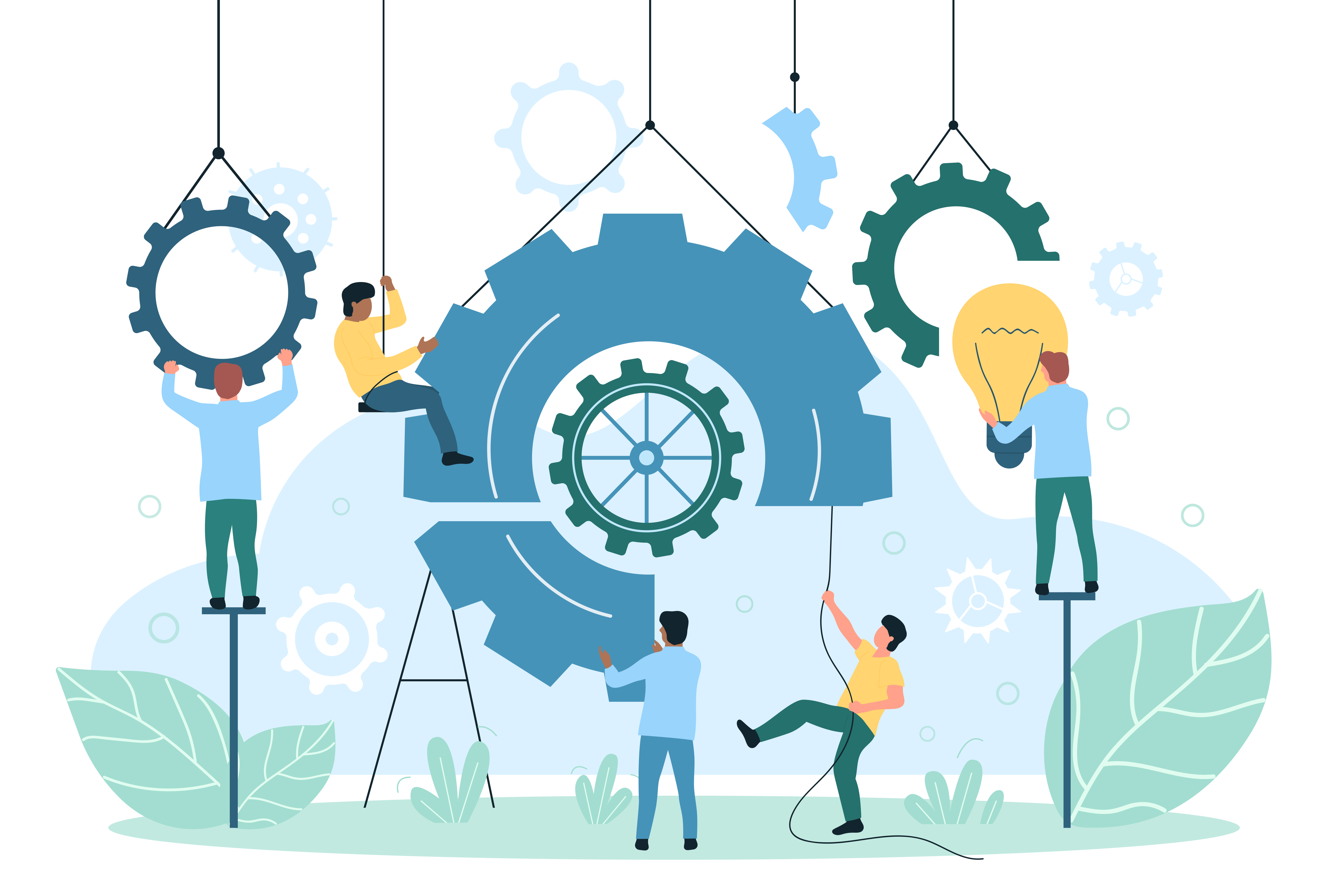In an era characterized by innovation and technology-driven changes and advancements, leading innovation is becoming an indispensable skill for successful leaders in health professions education. Considering the rate of change and advancements in health professions education, achieving minimal or insignificant progress might lead to stagnation or even regression. When leading change through innovation and technology, key considerations include the vision and goals, the processes and strategies, the people and players, and the systems and the ecosystem. Leading change is never easy. The huge cost of leading change could deter people from undertaking the mission in the first place, hence, one might prefer to just maintain the status quo. However, change agents are essential heroes of transformation and advancement. Without them, we are doomed to the fate of becoming obsolete. Yet a mere structural view of leading change might overrate strategies and undermine the role of humans, especially experts in the relevant industry. As Clayton Christensen notes in the introduction to The Innovator's Prescription: “When a disruptive technological enabler emerges, the leaders in the industry disparage and discourage it because, with its orientation toward simplicity and accessibility, the disruption just isn’t capable of solving the complicated problems that define the world in which the leading experts work (page xxxix).” This reality can further be explained by a phenomenon termed Neo-Luddism.
In my assessment of the field of health professions education , leaders, especially those emerging, will need to possess innovative change-leading skills and capacities. Processes and perspectives are needed when leading change. The ASIC [Adaptation, Standardization, Integration and Compliance] Framework provides a model and framework for implementing innovation toward leading change. There are a number of other models that may be useful when leading change. These include design and systems-thinking models. To implement change by considering processes, principles, people, and the product or outcome [think 4Ps], the ASIC Framework is a great resource. ASIC is coined from its constituent tenets and was originally developed to guide the optimization of education technology and innovation for health professions education; in its active form of Frameworking, it remains relevant to all processes and projects that involve leading change through innovation.
How can you think ASIC?
Think Adaptation: Whether an innovative product including a technology or an idea or process that is introduced into an ecosystem of health professions education or health care delivery, it should run in sync with other components. No innovation should trigger organizational dysfunction or result in changes that weaken the program or institution. Candidly, an innovative idea or change might require that certain other components of the system be changed or adjusted, and this should be approached thoughtfully and only when required. The innovation should ideally synergize with other components within the system and/or be developed to run in sync with it. An innovative product, process or idea that cannot be suitably and optimally adapted to the system within which it is used ultimately does not serve a good purpose.
Think Standardization: One of the key attributes of automation and efficient operational procedures is to standardize processes so that they can be repeated with optimal accuracy. In most instances, change is not a one-time intervention. When an innovation is introduced into the educational ecosystem, one of the prime obligations of the change leader is to ensure standardization. The process by which the innovation or new technology is being used is standardized such that the process can be efficiently repeated with a high degree of accuracy and consistency. If improvement is required, it should be based on evaluation, to produce a measurable increment in performance. In health professions education and health care delivery, any process that is left to subjective judgement in use and assessment is unsuitable for promotion as a change project. For example, simulation could greatly help to teach and train medical students, but only when the ‘how to’ is clearly defined for the system with the principles enshrined and best practices established such that it matters much less about who carries out the procedure when the protocols are followed. In this instance, protocol development and best practices establishment would be critical.
Think Integration: Never let a piece of innovation 'float' within your ecosystem space; ensure that the innovation is integrated into the system. New technology should work with other existing technologies. Ideas should be promoted in line with policies and guiding principles that are central to the organizational practices; otherwise, existing practices should be adjusted to support innovation. Do not view innovative change as an isolated outcome but as part of an organization’s performance and culture change. A newly introduced innovative process should enhance established best practices for the setting.
Think Compliance: Operations are sustained by principles. They are often called policies, best practices, regulations, or operational guidelines. Some are made by the organizations to ensure smooth operations while others are set up by regulators and government agencies to assure quality. It is important not to ignore or circumvent working principles. This is also applicable when leading change. While it is pragmatic to address limiting traditions, working principles and values are to be upheld at all times. For example, medical ethics cannot be sidelined in favor of innovation; while cognitive load theory needs to be considered when determining pedagogies and designing innovations for education. Even when organizational policies are considered limiting, better that they be amended, not flagrantly broken.
Finally, always consider your ecosystem and its sustaining principles. Do not break principles recklessly to achieve momentary success. Leading change through Frameworking requires thinking ASIC- adaptation, standardization, integration, and compliance. You can lead sustainable change through Frameworking.
Did you know that the Harvard Macy Institute Community Blog has had more than 365 posts? Previous blog posts have explored topics including effecting change through a dual operating system, using step-back feedback, and online learning collaboration across institutions.
Joshua Owolabi


